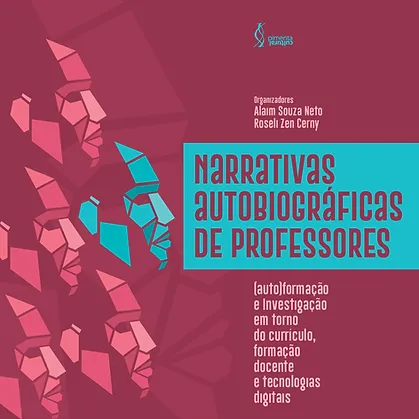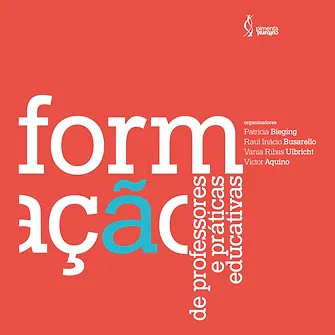Stuck in a Non-place: a study on Haitian migrants’ temporary settlement in Brazil and perceptions of time
- ISBN digital: 9786559398676
- ISBN impresso: Publicação apenas digital.
- DOI: 10.31560/pimentacultural/2023.98676
Autora: Luiza Silva de Andrade
This books is the product of research conducted in the Brazilian Border with Bolívia in 2013, where a migrant temporary shelter hosted, under a humanitarian visa, hundreds of Haitians that had fled several stages of human insecurity back in their homeland. In order to survive and with the dream of leaving soon, migrants strategise their relationships and harnest social navigation skills. This fieldwork was part of the Master of Social and Cultural Anthropology programa at the Vrije Universiteit Amsterdam, for which the author was granted a VU Scholarship.
TABLE OF CONTENTS
Preface
Executive summary
CHAPTER 1
Introduction
1.1. “I can’t eat the English…”
1.2. Local Background
1.3. Packing up the agency
1.4. Getting there
1.5. Ontological Insecurity
1.6. Brazilian Presence in Haiti
1.7. Social and Scientific Relevance
CHAPTER 2
Methodology
2.1. Research Question
2.2. Participant observation & Field notes
2.3. Interviews
2.4. Mapping Exodus & group discussions
2.5. Restrictions
2.6. Awareness: Hugging the world with your arms
2.7. The research site
2.8. The people
CHAPTER 3
“One must close his nose to drink stinky water”
3.1. “This is my first time living this kind of life”
3.2. “It’s better your arm hurt, than your mind hurt.”
3.3. Temporary settlement
3.4. Through the lens of Human Security
3.5. “Opportunity doesn’t present itself twice”
3.6. Living on bank transfers
3.7. Weighing insecurities
CHAPTER 4
Navigating Insecurities
4.1. “Each firefly only lights the path for itself”
4.2. “She is white. Of course she can help.”
4.3. Relating Capital to Social Navigation
CHAPTER 5
Falling In a Gap
5.1. “Did you have a plan before you came here?”
5.2. “Now I’m living with no address. I used to have one.”
5.3. “I just want a ‘but’ before me.”
5.4. In Between
5.5. “We are misplaced”
Conclusion
Afterword
References
Appendices
About the author





















